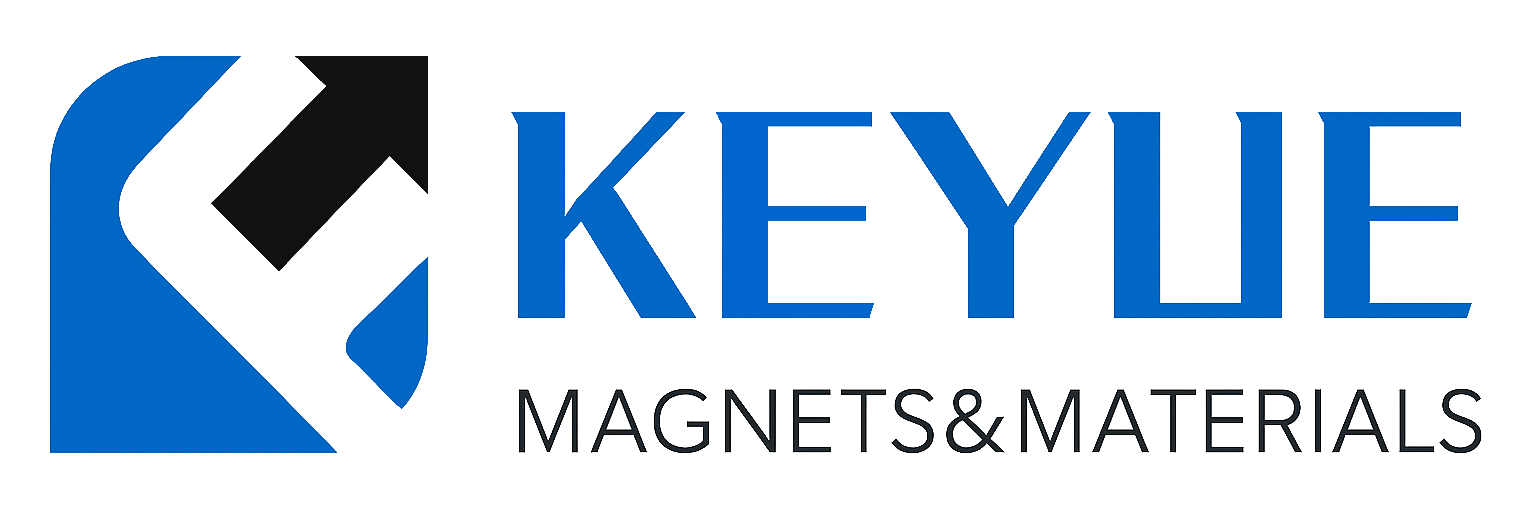描述
铼丝(Re Wire)
产品简介
铼丝(Re Wire)是一种由高纯铼(Purity ≥ 99.95%)制成的稀有高熔点金属丝材,以其极高的熔点(3180°C)、优异的力学强度与出色的抗蠕变性能而闻名。铼丝在高温环境中仍能保持稳定的结构和电性能,因此被广泛应用于高温电极、热电偶、真空炉部件及航空航天发动机等领域。
其独特的高密度与抗氧化特性,使其成为极端环境下理想的导体材料。
产品详情
苏州科跃材料科技有限公司生产的高纯铼丝采用真空熔炼—热锻—精密拉丝—退火—表面抛光工艺制造。产品晶粒细致、组织均匀、延展性优良,并在高温下具有出色的结构稳定性。所有产品均符合 ASTM B776 与 ISO 9001 标准。
典型规格:
-
纯度等级:99.95%、99.99%
-
直径范围:0.05 – 2.0 mm(可定制)
-
形态:盘丝 / 直丝 / 卷丝
-
制造工艺:真空熔炼 + 精密热拉 + 真空退火 + 抛光
-
表面状态:金属灰色光泽 / 光滑无裂纹 / 无氧化层
高纯铼丝具有优良的导电性、抗蠕变性能和极高的延展性,能够在高温和真空条件下长期稳定工作。
应用领域
铼丝广泛应用于需要耐高温、高应力的关键领域:
-
高温电极与热电偶:用于铼-钨(WRe)系列热电偶与加热元件。
-
真空与高温炉系统:用于加热元件、引线及结构支撑。
-
航空航天:用于火箭喷嘴、燃烧室与发动机内衬。
-
电子与真空器件:用作灯丝、电极与栅极线材。
-
科研实验:用于极端温度和高负载条件下的金属材料研究。
技术参数
| 参数 | 典型值 / 范围 | 说明 |
|---|---|---|
| 纯度 | 99.95% – 99.99% | 高纯度确保电学与热学稳定性 |
| 密度 | 21.02 g/cm³ | 极高密度保证致密结构 |
| 熔点 | 3180 °C | 金属中仅次于钨 |
| 电阻率 | 19.3 × 10⁻⁸ Ω·m | 稳定导电性能 |
| 热导率 | 48 W/m·K | 良好导热性 |
| 抗蠕变性能 | 极佳 | 适合长期高温使用 |
| 延展性 | 高 | 可制成细丝、线圈或电极结构 |
常见问题(FAQ)
| 问题 | 答案 |
|---|---|
| 铼丝可在多高温度下使用? | 可在高达 2500°C 的真空或惰性气氛中长期使用。 |
| 是否适合用作热电偶? | 是的,常用于 W-5Re/W-26Re 系列高温热电偶。 |
| 铼丝是否具磁性? | 无磁性。 |
| 可否用于真空环境? | 完全适合真空和惰性气氛下使用。 |
| 是否具良好延展性? | 是的,可轻松加工成卷丝或细线。 |
| 是否容易氧化? | 在空气中高温易氧化,建议真空或惰性气体环境使用。 |
| 是否支持定制直径? | 可提供 0.05–2.0 mm 各种线径。 |
| 是否提供检测报告? | 每批产品均附纯度、尺寸及性能报告。 |
| 是否符合RoHS/REACH? | 是的,完全符合国际环保标准。 |
| 交货周期? | 常规规格2–3周交付。 |
包装与交付
所有铼丝出厂前均经真空退火与纯度检测。产品采用真空密封、防氧化包装,并装入防震泡沫及出口级木箱,确保运输安全。附RoHS、REACH、COC及材质检测报告。
结论
铼丝(Re Wire)凭借其极高的熔点、优异的延展性及出色的高温稳定性,广泛应用于航空航天、真空系统及高温测温领域。它是高温合金与高性能电子元件中不可替代的关键材料。
如需了解更多技术参数或获取报价,请联系:sales@keyuematerials.com

.png)
-300x300.png)
-300x300.png)
-300x300.png)
评价
目前还没有评价